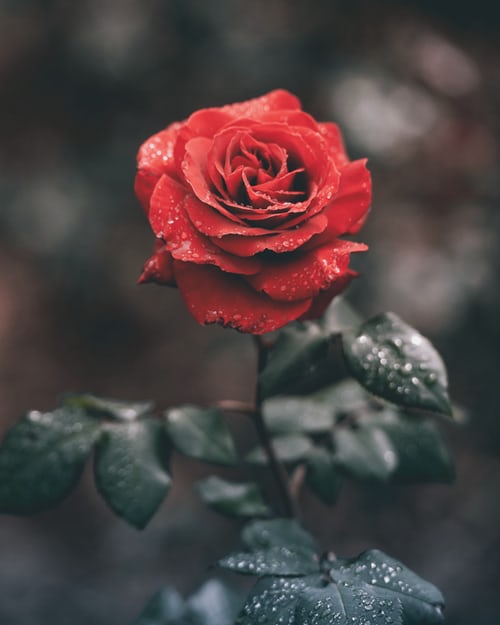Plant photography is great fun and can be surprisingly easy! To get started it’s useful to know some simple tips for making the most of your shots.
Tips to shoot amazing photos of plants
1.
Before you start taking pictures, think about how you want to frame them. Some pictures will be better in landscape format while others look better in portrait mode. Experiment and use the settings available on your camera to get the effect you want.
2.
Consider what kind of light you will need to photograph plants well. You can use artificial lights to simulate sunlight and use a reflector to bounce the light off the ground and into your subject.
3.
Consider using a tripod when you take pictures of plants outdoors. A tripod is essential for taking clear, sharp images. You can also use a timer to help you control the duration of each shot. If you don’t have a tripod, try to arrange your garden or outdoor space so that you can photograph your plants.
4.
Don’t be afraid to experiment. Try using different exposures, film speeds, shutter speeds and aperture settings. This will help you get better results. You may also want to experiment with flash photography.
Choose your focal length and aperture (the size of the opening in the lens) to suit your situation. Macro lenses can be used for close up detail of flowers. Apertures can be adjusted to suit how much light is available, but the lower the number, the smaller the depth of field and the sharper the image will be.

5.
Make sure you have enough light. Use natural light, use lamps or even torches to brighten up your subjects. You can also use reflectors to increase the amount of light available.
If you are shooting on a bright, sunny day, you may want to use strong backlighting to show the texture of the leaves, stems or flowers.
If the plants you are photographing are growing in shade, try a shady spot where they are exposed to the sun for only part of the day. You can also lighten the area with a spotlight.
As the sun sets, the sky gets increasingly orange and the light levels start to drop. At this point the contrast between the dark green of the foliage and the paler tones of the sky gives nice moody results.
6.
Experiment with different colors in your photographs. Using color filters will let you choose the exact color you want to be in your picture.
7.
Try experimenting with different angles. Shoot your subjects from above, below or from the side.
8.
Don’t just shoot your pictures! Add text, titles and captions to your images. Adding some words to your pictures will make your images more interesting.
9.
Consider using special effects, such as black & white, sepia, or monochrome. These will add a dramatic effect to your images.

10.
Add filters to your pictures. Many filters, such as the Kelvin filter, will make your photos look like an old time film. Try experimenting with different effects to see what works best for your image.
11.
Don’t forget to remove the dust from your camera and lens. This will prevent your images from being grainy and blurry.
12. Take some time to think about what kind of plants you want to photograph. For example, you may be interested in different varieties of one type of plant, or you may want to shoot a particular plant against a contrasting background.
Next, choose a location and time of day where the weather conditions are suitable for you.
13. You may find it helpful to photograph the same subject using two different cameras – for example, a DSLR and a compact digital camera. You can then compare the pictures to see which works best.
14. xperiment with using various lenses and settings to produce different effects. For example, wide-angle lenses can create a dramatic impression of space and allow you to isolate and focus on a small portion of the subject.
Try using a macro lens to shoot close up detail of leaves and flowers, especially if the subject is small.
15.
If you are p










 hotographing outside, make sure you protect your camera from rain or snow and use UV filters if it’s likely to be cold.
hotographing outside, make sure you protect your camera from rain or snow and use UV filters if it’s likely to be cold.
Make sure you have plenty of batteries and memory cards.
16. To improve the quality of your photos you will need to know your camera’s manual and some basic photography skills. If you aren’t confident, take a photography course.
Ideas to Photograph Plant Photography




















